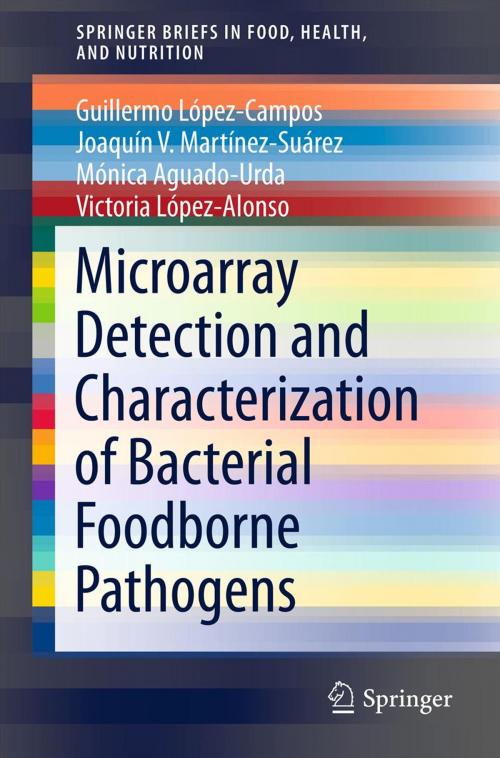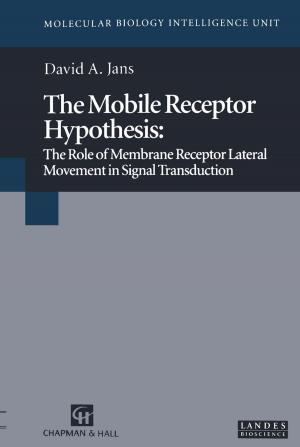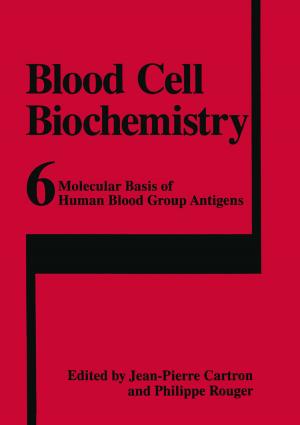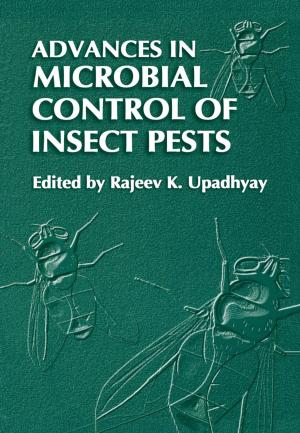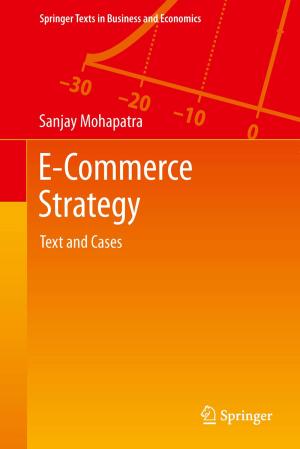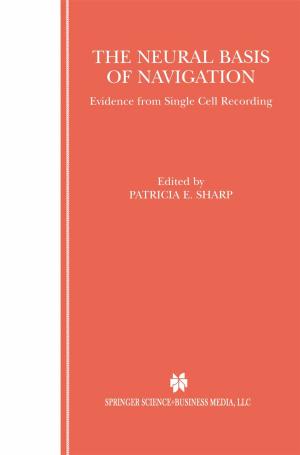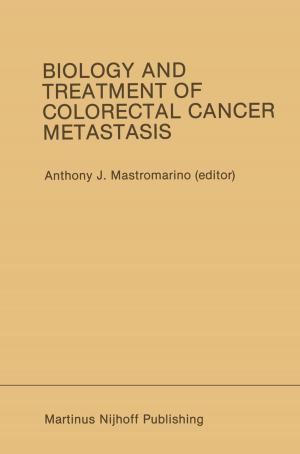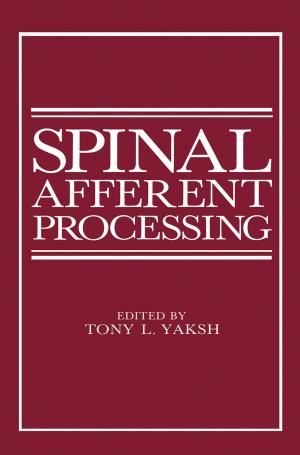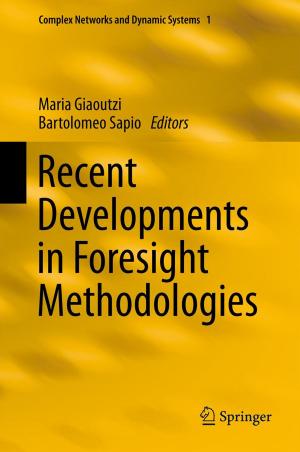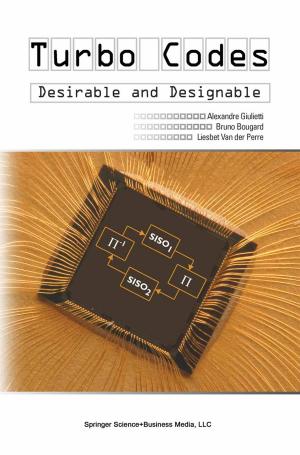Microarray Detection and Characterization of Bacterial Foodborne Pathogens
Nonfiction, Health & Well Being, Medical, Medical Science, Genetics, Science & Nature, Science, Biological Sciences, Microbiology| Author: | Guillermo López-Campos, Joaquín V. Martínez-Suárez, Mónica Aguado-Urda, Victoria López-Alonso | ISBN: | 9781461432500 |
| Publisher: | Springer US | Publication: | March 10, 2012 |
| Imprint: | Springer | Language: | English |
| Author: | Guillermo López-Campos, Joaquín V. Martínez-Suárez, Mónica Aguado-Urda, Victoria López-Alonso |
| ISBN: | 9781461432500 |
| Publisher: | Springer US |
| Publication: | March 10, 2012 |
| Imprint: | Springer |
| Language: | English |
This is a review of recent advances on the use of DNA microarray for diagnosing foodborne pathogens. Rapid detection and characterization of foodborne pathogens is critical for food safety. Many relevant technologies have been intensively developed to date. DNA microarray technology offers a new way to food safety involving pathogen detection and characterization. DNA microarray can be used for detection and characterization of pathogens by analyzing hybridization patterns between capture probes and nucleic acids isolated from food samples or bacteria. It allows more rapid, accurate, and cost-effective detection of pathogens compared with traditional approaches of cultivation or immuno-assays. The application of DNA microarrays to different foodborne bacteria, such as Campylobacter, Salmonella, Listeria monocytogenes, or Shiga toxin producing Escherichia coli, will improve their rapid identification and characterization of their genetic traits (e.g., antimicrobial resistance, virulence). As bacterial foodborne diseases are posing more serious threats to public healthcare, development of rapid and accurate methods for pathogen detection and characterization is critical to their proper control at the earliest time.
This is a review of recent advances on the use of DNA microarray for diagnosing foodborne pathogens. Rapid detection and characterization of foodborne pathogens is critical for food safety. Many relevant technologies have been intensively developed to date. DNA microarray technology offers a new way to food safety involving pathogen detection and characterization. DNA microarray can be used for detection and characterization of pathogens by analyzing hybridization patterns between capture probes and nucleic acids isolated from food samples or bacteria. It allows more rapid, accurate, and cost-effective detection of pathogens compared with traditional approaches of cultivation or immuno-assays. The application of DNA microarrays to different foodborne bacteria, such as Campylobacter, Salmonella, Listeria monocytogenes, or Shiga toxin producing Escherichia coli, will improve their rapid identification and characterization of their genetic traits (e.g., antimicrobial resistance, virulence). As bacterial foodborne diseases are posing more serious threats to public healthcare, development of rapid and accurate methods for pathogen detection and characterization is critical to their proper control at the earliest time.
